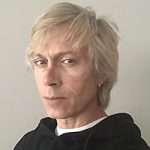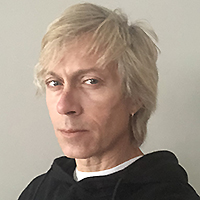The 1975 likes to keep busy.
Even before the release of its second full-length album, I like it when you sleep, for you are so beautiful yet so unaware of it (2016), the Manchester, UK-based band has toured relentlessly, notes Jay Rigby, front of house engineer on the ongoing tour.
He adds that while he’s based in Los Angeles, he’s rarely been there since signing on with the group in 2015: “I was home for 11 days total in 2016. These guys really like to tour.”
His involvement with The 1975 followed a call from Roly Oliver of Eighth Day Sound, which is providing audio systems and tech support for the tour, while Rigby was out with progressive metal band Dream Theater.
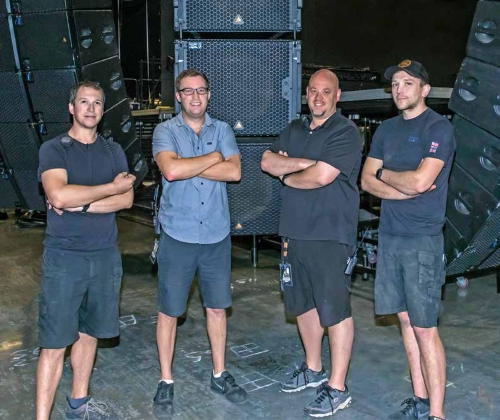
“I was in a hotel room in Moscow and Roly called and said The 1975 were looking for a front of house engineer,” he says, explaining that he took the gig based on Oliver’s past recommendations and the fact the band was also bringing on monitor engineer Francois Pare, who’s worked with Rigby regularly over the past six years.
In turn, Pare requested that monitor tech Chris Hall join them as well. The team on this tour is rounded out by veteran front of house systems tech Dan Bluhm and PA tech Jon Dixon.
Making The Switch
Carrying a name reportedly inspired by a Jack Kerouac beat poetry book, The 1975 consists of lead vocalist and rhythm guitarist Matthew “Matty” Healy, lead guitarist Adam Hann, bassist Ross MacDonald, and drummer George Daniel.
Their style is usually labeled as “pop rock,” with Scott Kerr of AllMusic writing that the band combines “the dark and youthful themes of sex, love, and fear with ethereal alt-rock music.”
The band, which continues to strongly gain popularity, just concluded a run of arena/shed/theatre dates in the U.S. over the course of spring 2017, the seventh leg of the current tour, before moving on to a series of shows in Europe. It was on this leg when Eighth Day Sound, based in Highland Heights, OH with offices in LA, London and Sydney, suggested a switch of the main PA system to an Adamson Systems Engineering E-Series rig.
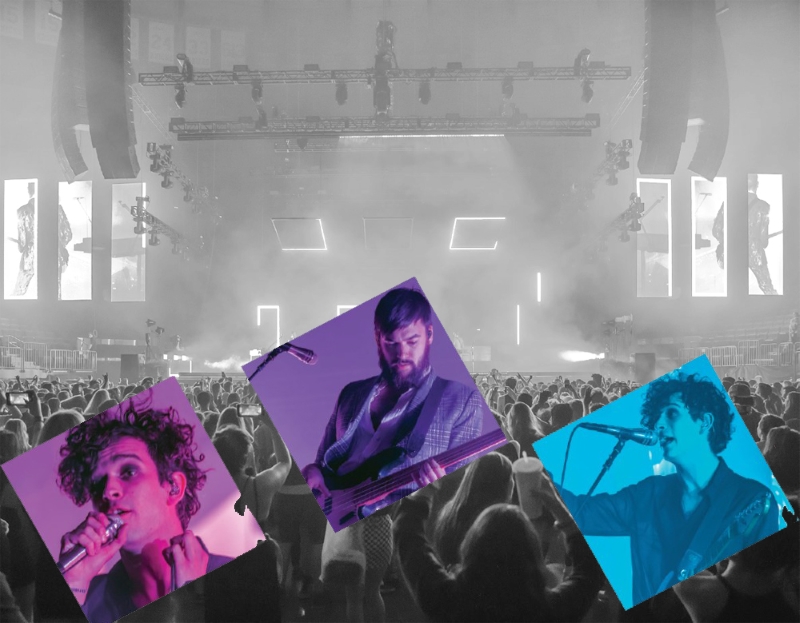
The company became an E-Series partner in 2013 as one of the first sound companies in the U.S. to join the Adamson network, and since then has substantially added to it’s Adamson inventory every year since.
“The reason we decided to add more Adamson loudspeakers to our rental inventory is that we have found that worldwide marketplace acceptance and demand for the E-Series continues to grow,” explains Jack Boessneck, executive vice president, Eighth Day Sound. “It seems that every engineer that uses the system becomes an instant fan.”
It’s a statement backed up by Rigby.
“We’d been using another system and had no issues,” he says, “but Eighth Day had invested in Adamson and we’d had some fantastic festival gigs using it, so Dan (Bluhm) and I thought we might as well take this stuff out and put it through its paces. And we’ve had really great results.”
The Right Fit
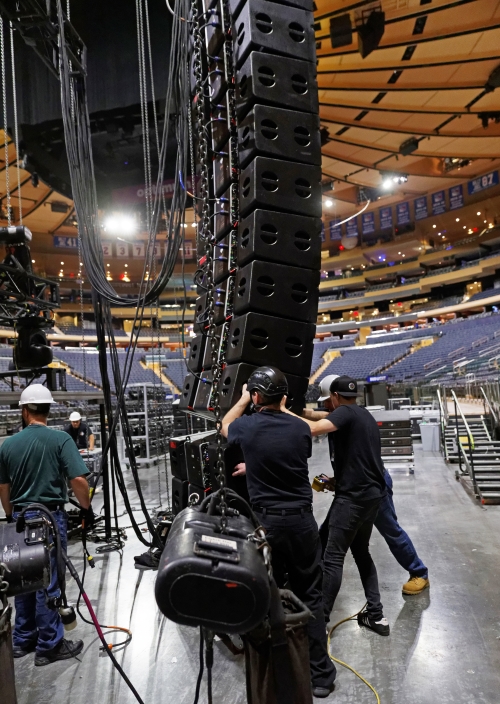
The sound team utilized Adamson Blueprint AV to help tailor and optimize the house system at each venue.
It addresses issues such as hanging multiple arrays as well as offering the ability to simulate response with a variety of acoustic measurement tools, and provide an accurate rigging plot, and more. It also provides a variety of simulation options.
“The versatility and precision that Blueprint offers when measuring rooms and predicting the systems coverage within the space was excellent,” Bluhm states. “It was easy to develop a workflow that allowed quick and accurate predictions from day to day.”
Rigby adds, “We scaled the rig according to the seating area from venue to venue. The U.S. tour was interesting because it ranged from A-market arenas to large theaters, along with a couple of sheds. In some venues we wouldn’t use as many flown loudspeakers or wouldn’t deploy side hangs.”
The team chose to go with three-way E15 array modules, loaded with dual 15-inch Kevlar neodymium cone drivers, rather than the dual 12-inch-loaded E12. “We appreciated the low/mid presence of the E15 at a few festivals we did last year, and were also really impressed by how far the system threw,” Rigby notes.
Main left-right hangs generally consisted of a dozen or more E15s with three E12s beneath to handle the nearfield, flanked by eight or so E119 subwoofers, each with a single 19-inch Kevlar neodymium cone with dual 5-inch voice coils. Coverage to the sides was the responsibility of arrays of up to a dozen S10 (dual 10-inch) modules per side.
On the ground, 24 more E119 subwoofers were set up in 12 stacks of two, evenly spaced out across the front of the stage in a slight arc. Eight more S10s positioned equidistantly atop the ground subs delivered front fill. “Dan designed a sub array similar to our previous sub configuration, and we then did a slight electronic delay arc across them from inside to out to widen the coverage on the floor,” Rigby explains.
After trying a few configurations for the flown E119 subs, the choice was finalized to locate them directly next to the E15 main arrays, facing outward at a 45-degree angle, which, he says, “Yielded the best low-end coverage up into the 100 and 200 sections of the arena sides without having a ‘power alley’ at the mix position.

